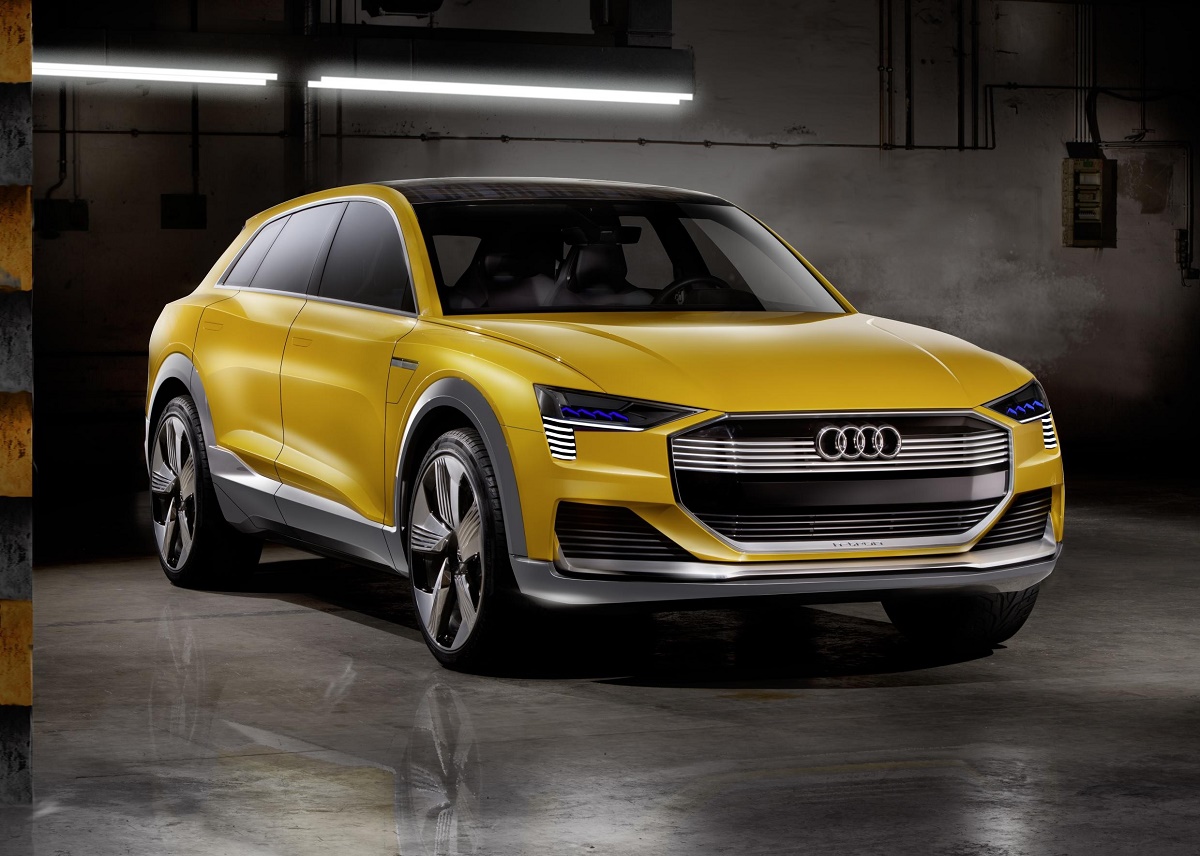 The h-tron Quattro is capable of traveling 600km between refueling stops. – AFP Relaxnews pic, January 12, 2016.Audi can always be counted on to bring a strong concept to an international automotive event and the h-tron Quattro, unveiled in Detroit yesterday continues the company tradition as well as its recent focus on greener forms of propulsion.
The h-tron Quattro is capable of traveling 600km between refueling stops. – AFP Relaxnews pic, January 12, 2016.Audi can always be counted on to bring a strong concept to an international automotive event and the h-tron Quattro, unveiled in Detroit yesterday continues the company tradition as well as its recent focus on greener forms of propulsion.
In recent months, Audi has unveiled a hybrid SUV and a plug-in electric SUV.
However, what makes this stylistically very similar car stand out, other than its bright yellow exterior finish, is that this crossover gets its energy from a hydrogen fuel cell rather than a plug-in battery pack.
According to the company, the show car is capable of traveling 600km between refueling stops and if that stop is made at a pump that supports the latest hydrogen refueling technology, then the h-tron will be able to hit the road again in four minutes.
Theoretically, hydrogen is as clean as electric power, but in practice much of the gas available to consumers that have become early fuel cell adopters has been extracted from hydrocarbon gases, a process that creates pollution.
However, even in its slightly dirtier form, the hydrogen powering the h-tron emits just water vapour from its tail pipe and can go much further on a single tank than an electric car can on a single charge, and even with Tesla's supercharging technology, recharging an electric car take a minimum of 20 minutes.
And it's this mirroring of current car ownership that continues to make hydrogen and fuel cell technology appealing to automakers, despite the fact that the infrastructure needed to support its widespread adoption is even more in its infancy than that of its plug-in electric counterpart.
In terms of performance, it won't keep up with a Tesla Model X.
The concept can go from 0-100km/h in under 7 seconds and on to an electronically governed top speed of 200km/h, but it does have a special battery pack – charged via regenerative braking – that can kick in on demand for extra acceleration.
Then there's the solar panel-laden roof, currently the largest installed on any car – conceptual or otherwise – that could generate an extra 1000km of range per year as long as the owner lives in a hot country with plenty of direct, rather than diffused sunlight.
Like Toyota and Honda in Japan and its German counterpart BMW, Audi is making a serious investment in hydrogen as a potential fuel of the future and even has its own hydrogen refinement plant.
However, it is also betting just as big on plug-in electric cars, with its first plug-in SUV scheduled for a 2017 production launch. – AFP Relaxnews, January 12, 2016.

Comments
Please refrain from nicknames or comments of a racist, sexist, personal, vulgar or derogatory nature, or you may risk being blocked from commenting in our website. We encourage commenters to use their real names as their username. As comments are moderated, they may not appear immediately or even on the same day you posted them. We also reserve the right to delete off-topic comments